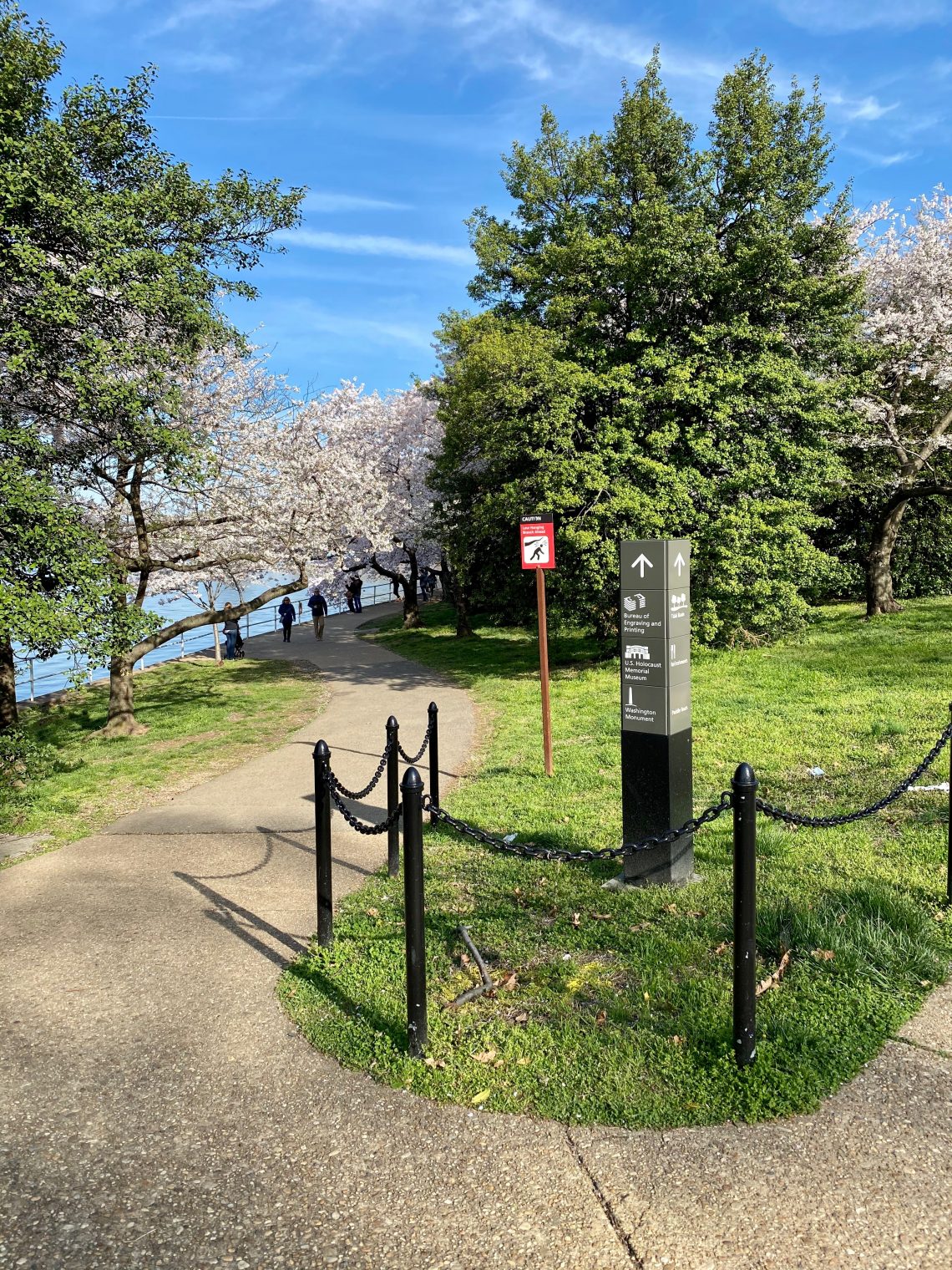Stella Williams
During late March and early April each year, the area around the Tidal Basin is usually filled with tourists and locals admiring the blossom of the cherry trees and events celebrating them, but because of COVID-19, the area is nearly deserted.
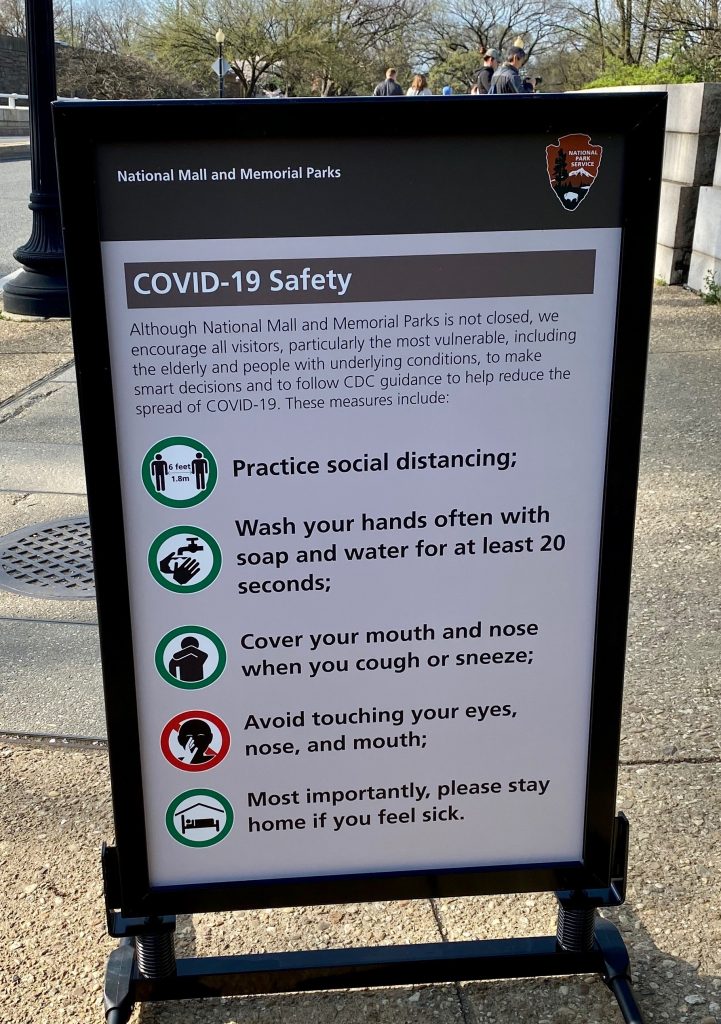
The National Cherry Blossom Festival is an annual celebration of the gift of 3,000 cherry trees that Mayor Yukio Ozaki of Tokyo gave to Washington, DC in 1912 and the friendship between Japan and the United States. In Japan, the cherry trees, known as “sakura,” symbolize life’s fleeting beauty, since their bloom lasts just a few days.
The festival is a three-week celebration which includes performances, parades, speeches and other events that honor Japanese and American cultures and the bond between the two countries, centered around the time the blossoms are peaking. Usually, more than 1.5 million visitors come to these festivities.
The National Park Service (NPS) defines the peak blossom of the cherry trees as the time when 70% of the blossoms are open. It was recorded from the 21st to the 24th. On the weekend of the 21st and the 22nd, the paths around the Tidal Basin would usually be packed with eager viewers and tourists from around the world, but they were virtually empty due to warnings from DC officials to stay home and closures of roads and Metro stations near the blossoms.
The official Washington Metropolitan Area Transit Authority (WMATA) account tweeted, “Let’s keep trains available for the hospital staff, first responders, and other heroes who need to travel right now. The trees will be there next year.”
WMATA is closing stations, reducing trains, and limiting rides to essential travel. The Metro Transit Police also tweeted saying that the Smithsonian and Arlington Cemetery stations were closed until further notice to prevent people from going to see the Cherry Blossoms. The tweet said that “Limited Metro capacity must be available for *essential travel*”.
Although the park with the cherry blossoms is not closed, the NPS encourages all visitors, especially those who are the most vulnerable, to follow CDC guidance to help reduce the spread of COVID-19.
Erin Joffre, a resident of Bethesda, Maryland got up extra early on a Sunday morning to see the blossoms with a friend before anyone else arrived. She said, “It is so beautiful and calm, so different from all the other years and sad because this is the first time in over 90 years with no parade. The trees were a gift of friendship, and now we walk along them avoiding even the slightest human contact or sign of friendship.”
In an effort to keep festivities going and celebrate the cherry blossoms despite COVID-19, The National Cherry Blossom Festival’s website has a virtual festival, featuring videos from performers and messages from speakers. The blooms at the Tidal Basin are available to view from the National Mall’s Bloom Cam. Trees are also in bloom across local streets and parks.
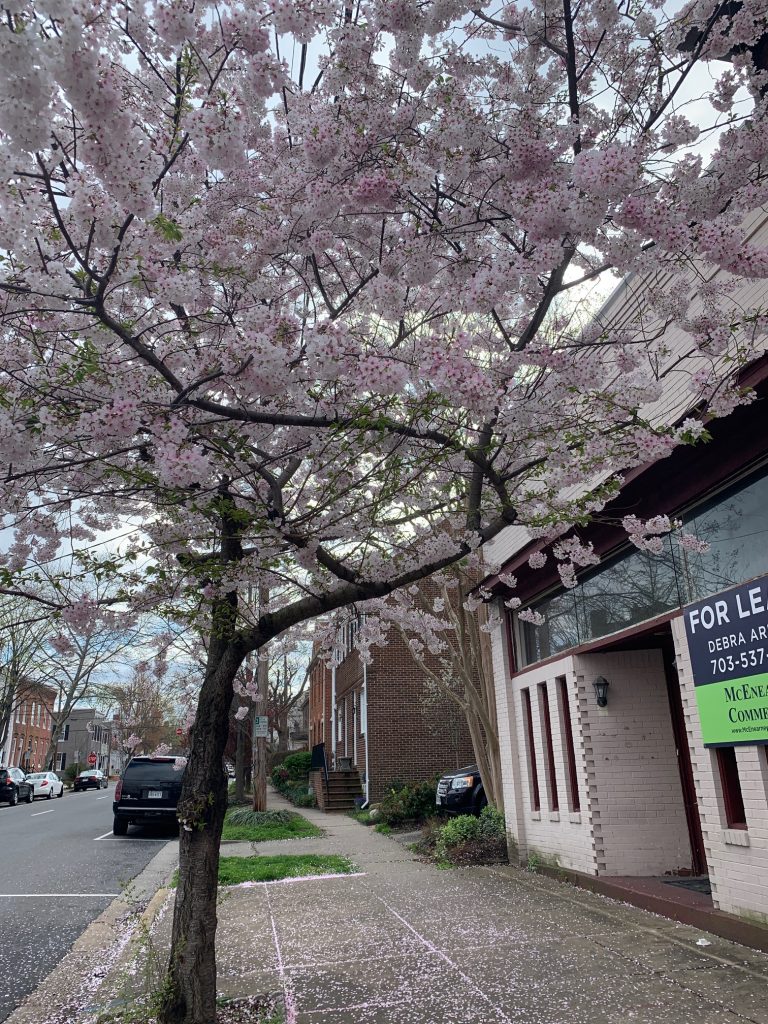
A cherry tree blooms on Prince Street. 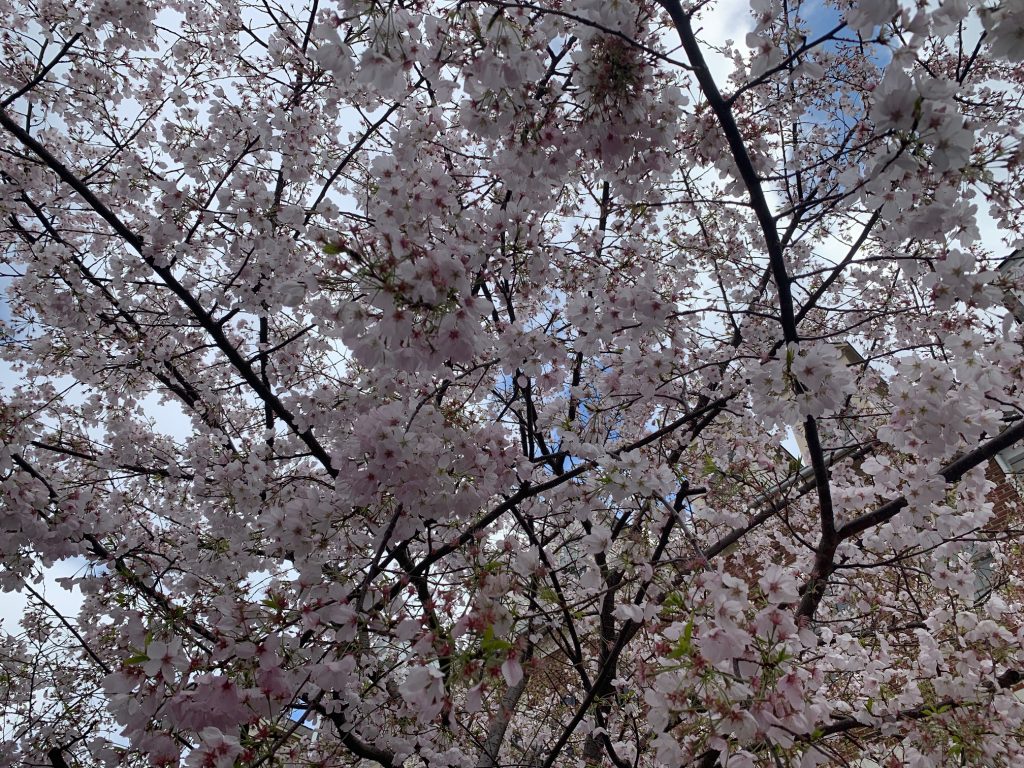
The blossoms close up. 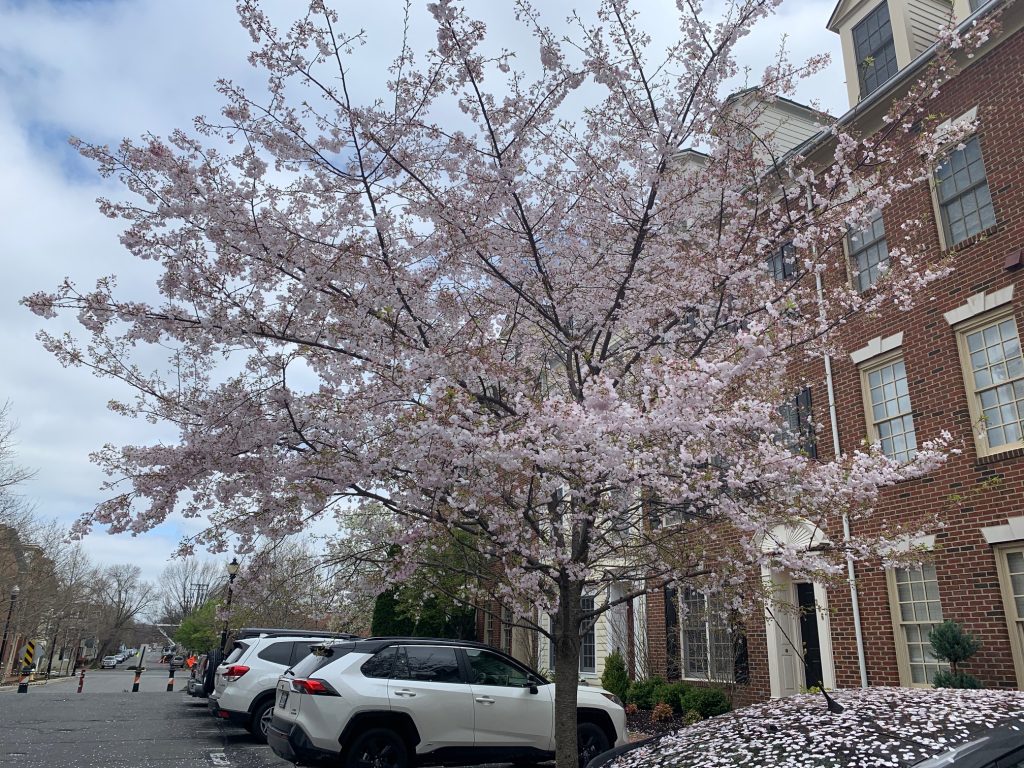
Petals from this cherry tree fall on the surrounding cars and street. 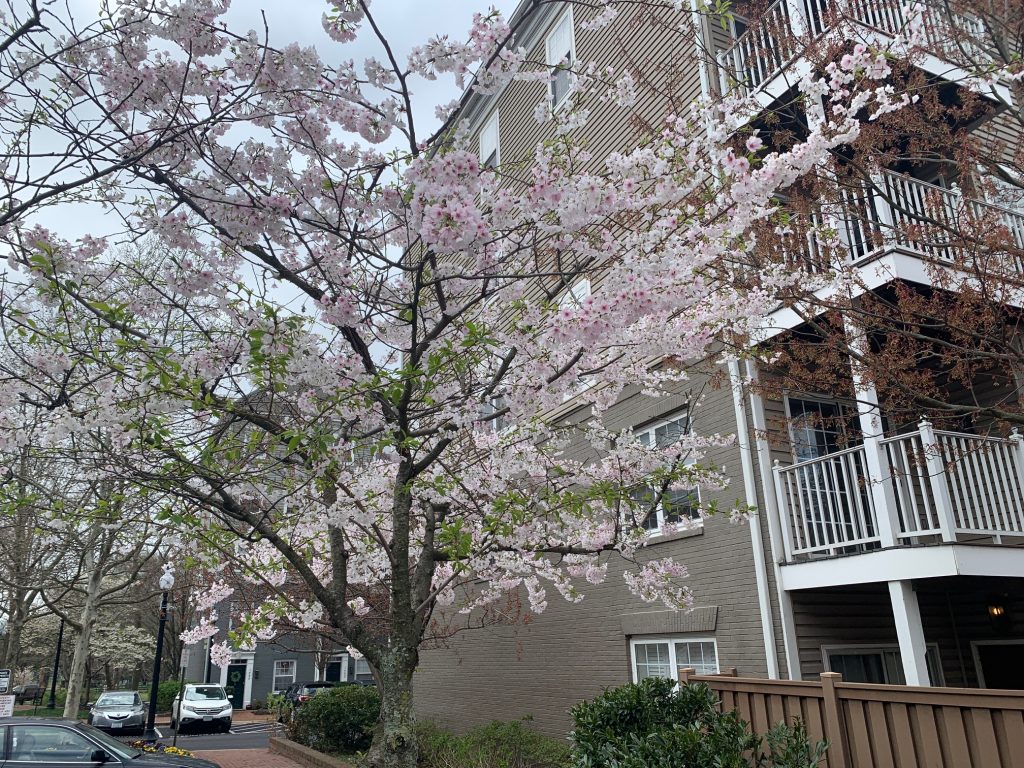
A cherry tree begins to bloom on Jamieson Ave.
Please make sure to stay safe during the Coronavirus/COVID-19 outbreak. For more information, see the CDC or WHO websites.

